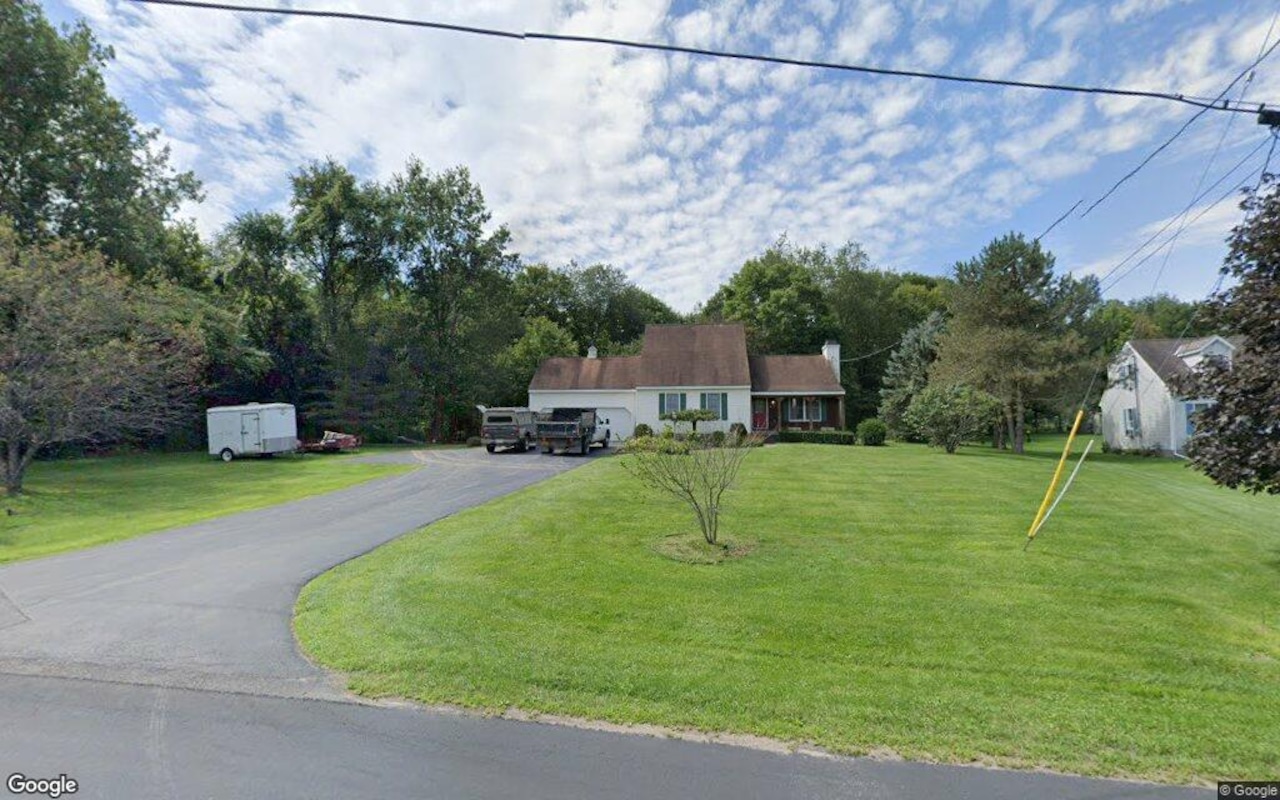U
ncertainty in the commercial real estate market continues to pose challenges for operators. Rising interest rates, inflation concerns, and shifting federal policies create an unpredictable environment, while a potential recession looms on the horizon. The evolution of other asset classes may also impact the multifamily outlook.
"Investors have limited control over current market conditions," said Al Brooks, Vice Chair of Commercial Banking at J.P. Morgan. "To drive better cash flow, focus on being a better operator."
Brooks and Suzanna Da Silva, Treasury Services Manager for Chase's Northeast Region, outline seven strategies to minimize operational costs in multifamily properties.
1. Prioritize attention to detail
Regular maintenance checks can prevent costly repairs and extend the lifespan of properties and their systems. "Our best owners regularly inspect their properties," Brooks said. "They address health and safety issues before they become major problems."
2. Make quick, cost-effective updates
A fresh coat of paint, new landscaping, or a deep cleaning can attract and retain renters. Installing laminate flooring is an affordable option that's more durable than hardwood or tile.
3. Invest in energy-efficient upgrades
Replacing incandescent bulbs with LED lighting and installing smart thermostats can reduce heating and lighting expenses. Upgrading to low-flow toilets and faucets can also lower utility bills. Solar panels, energy-efficient windows, and appliances may qualify for green financing programs.
4. Avoid costly operational errors
Multifamily property owners and operators risk making mistakes in banking, rent collection, and security measures. These errors can lead to delays, financial losses, and fraud exposure.
5. Streamline operations with treasury tools
Digital solutions offer real-time cash flow management, reducing the need for expensive short-term borrowing. They also provide enhanced security features and data analytics to identify cost-saving opportunities.
6. Optimize vendor relationships
Evaluate tasks to keep in-house or outsource, considering a cost-benefit analysis. Review and negotiate contracts with service providers to ensure the best price. Automate payment and transactions, consolidate accounts, and leverage technology for property management.
7. Focus on resident-retention efforts
Holding onto tenants can save money on turnover costs, estimated at approximately $4,000 per unit. Improve the resident experience through clear communication, responsive maintenance, and professional management.
By increasing operational efficiency, upgrading amenities, and improving vendor and resident relationships, multifamily property owners and operators can effectively manage and reduce costs.













